Permanent Commission for the South Pacific and Island Conservation Sign MOU to Protect Marine and Coastal Areas in the Southeast Pacific (CPPS)
This historic agreement aims to protect the marine and coastal areas of the Southeast Pacific.
Our 2024 Impact Report is live!
Published on
April 14, 2016
Written by
Sara
Photo credit
Sara
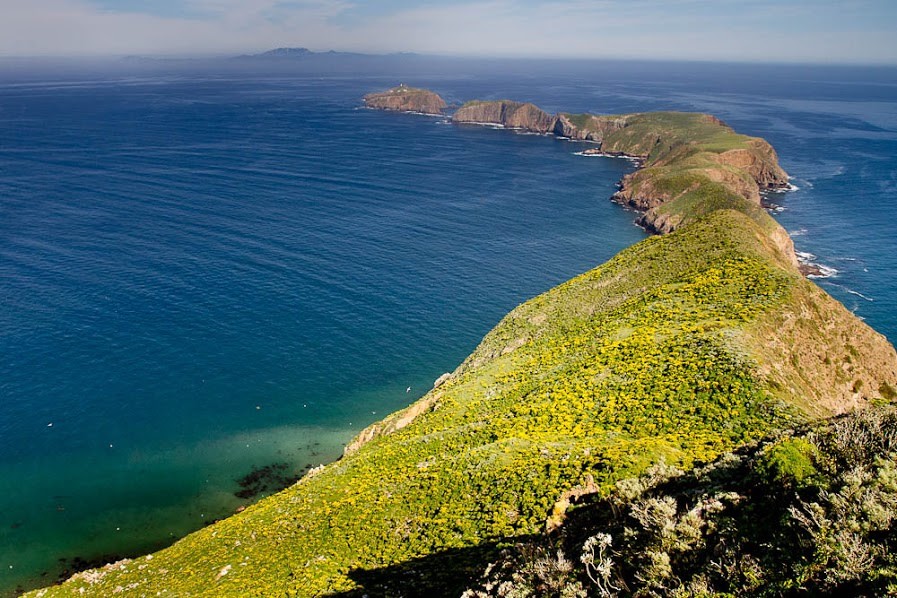
Island Conservation’s headquarters is located in Santa Cruz, California, so the news about invasive species on the Channel Islands is quite literally close to home.
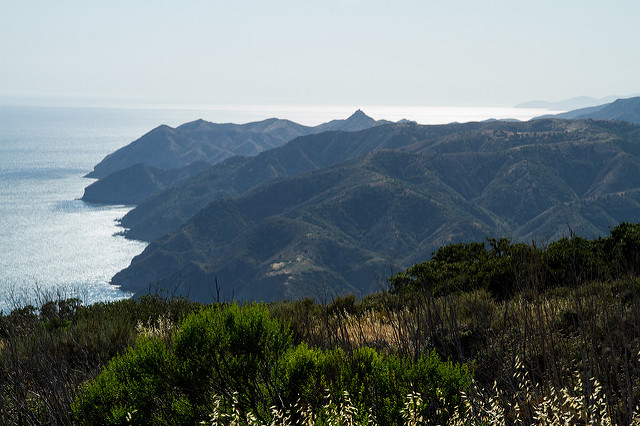 Anacapa Island of the Channel Islands, California. Photo by Island Conservation
Anacapa Island of the Channel Islands, California. Photo by Island ConservationInvasive species arrived at the islands via human activities, transported–wittingly or not–by boat. Some animals were brought intentionally. Turkeys, for example, were brought to the islands for recreational hunting. Other non-native species, such as rats, sneaked onto ships and from there, onto the islands.
In the past century and a half, Santa Cruz and the rest of the Channel Islands have been transformed by humans and the invasive species that we brought with us. On rocky Anacapa, for instance, rats—possibly stowaways aboard a wrecked ship—consumed both native deer mice and the eggs and chicks of a precious seabird called the Scripps’s Murrelet.

The invasive species become unnatural predators and prey on island plants and animals, destroying the native wildlife and ecosystem. In 2002-2003, Island Conservation and partners helped protect the Scripps’s Murrelet on Anacapa Island by removing invasive rats. Today, the Murrelet is thriving and the Endangered Ashy Storm-petrel was recorded nesting on the island. This small seabird’s nesting habitat is severely limited due to the presence of invasive species on islands.
Rare and vulnerable island species need a safe home free of invasive species. Thanks to conservation efforts, the native wildlife of Anacapa have a brighter future.
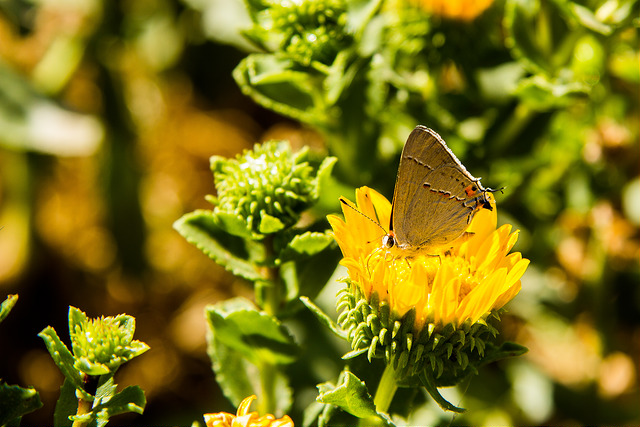
Feature photo: Abe Borker/Island Conservation
Read the full article at The New Yorker
Check out other journal entries we think you might be interested in.
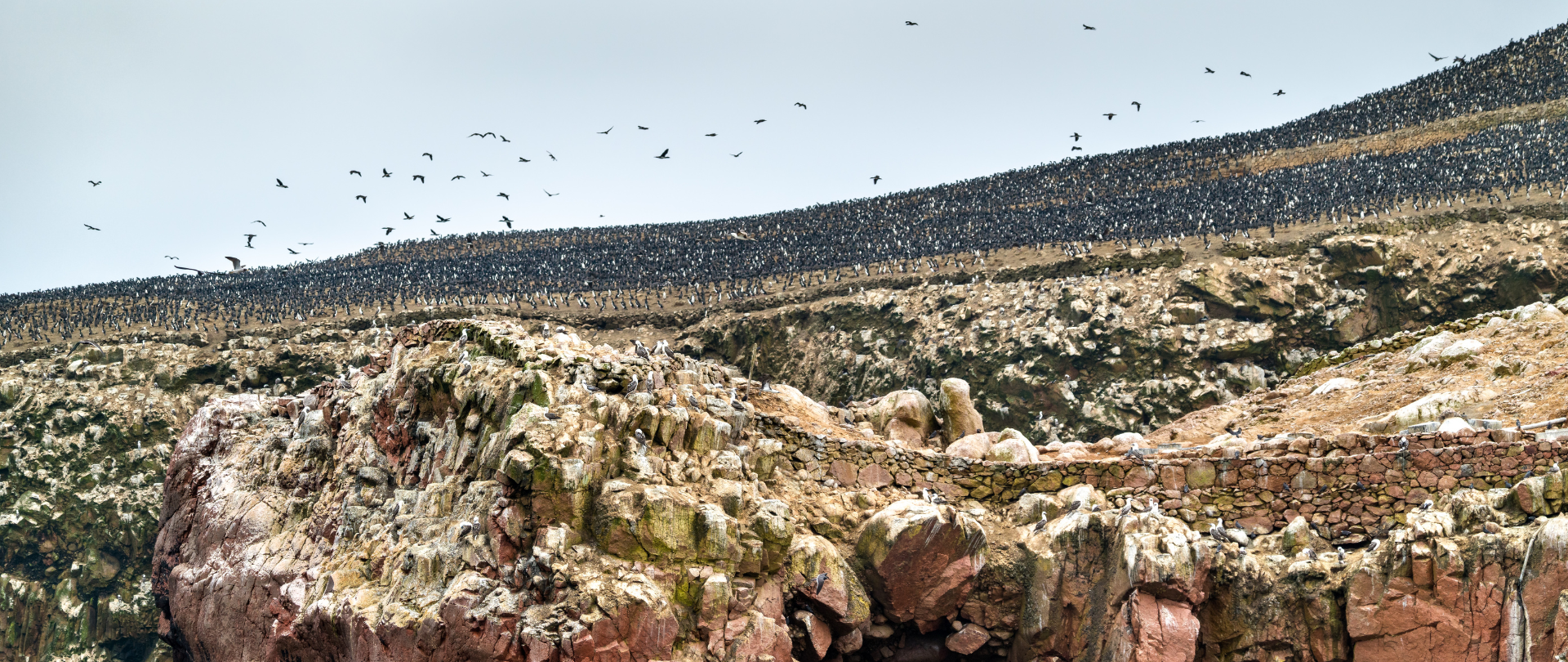
This historic agreement aims to protect the marine and coastal areas of the Southeast Pacific.
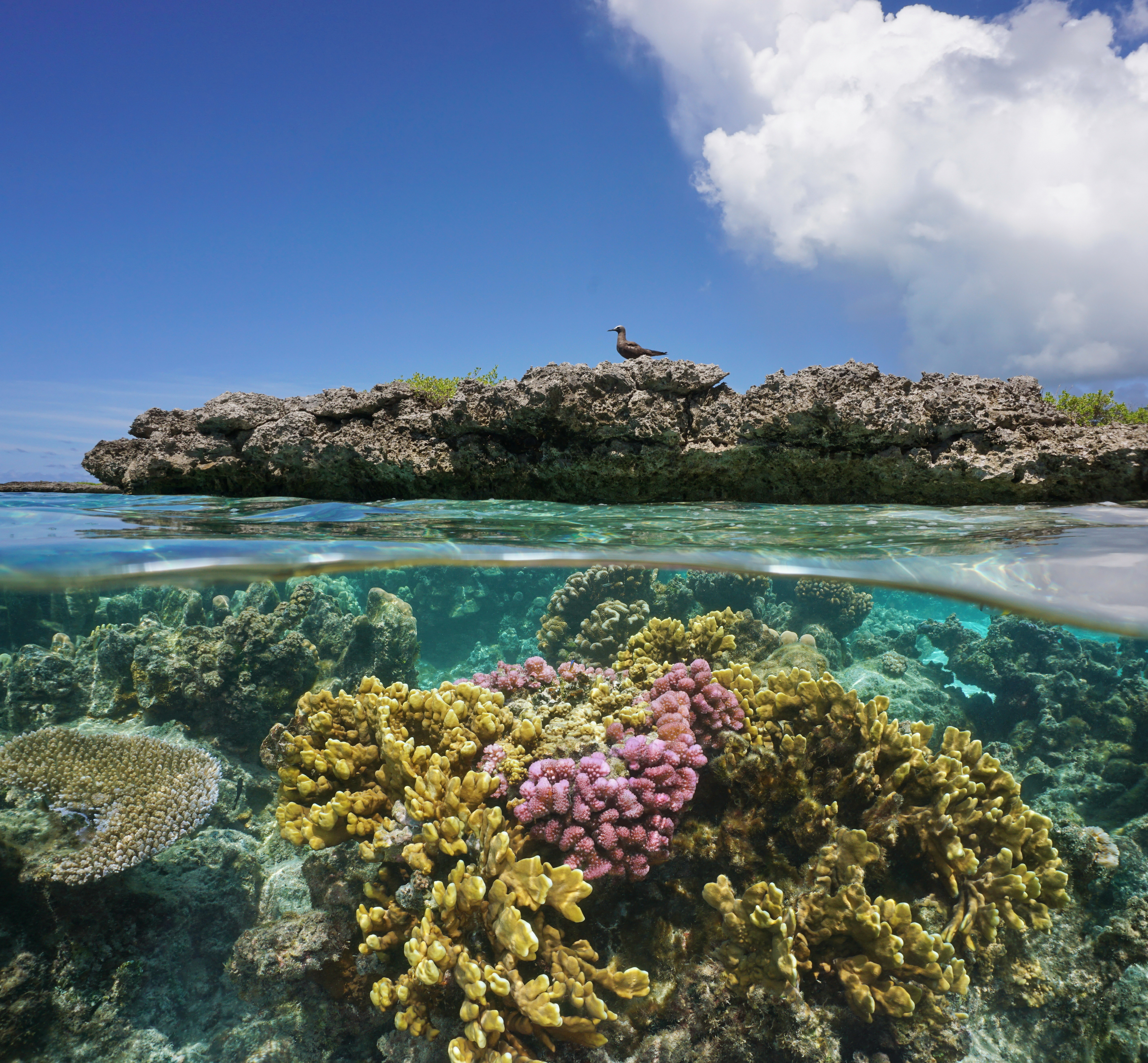
Our projects to restore key islets in Nukufetau Atoll forecast climate resilience and community benefits in Tuvalu!
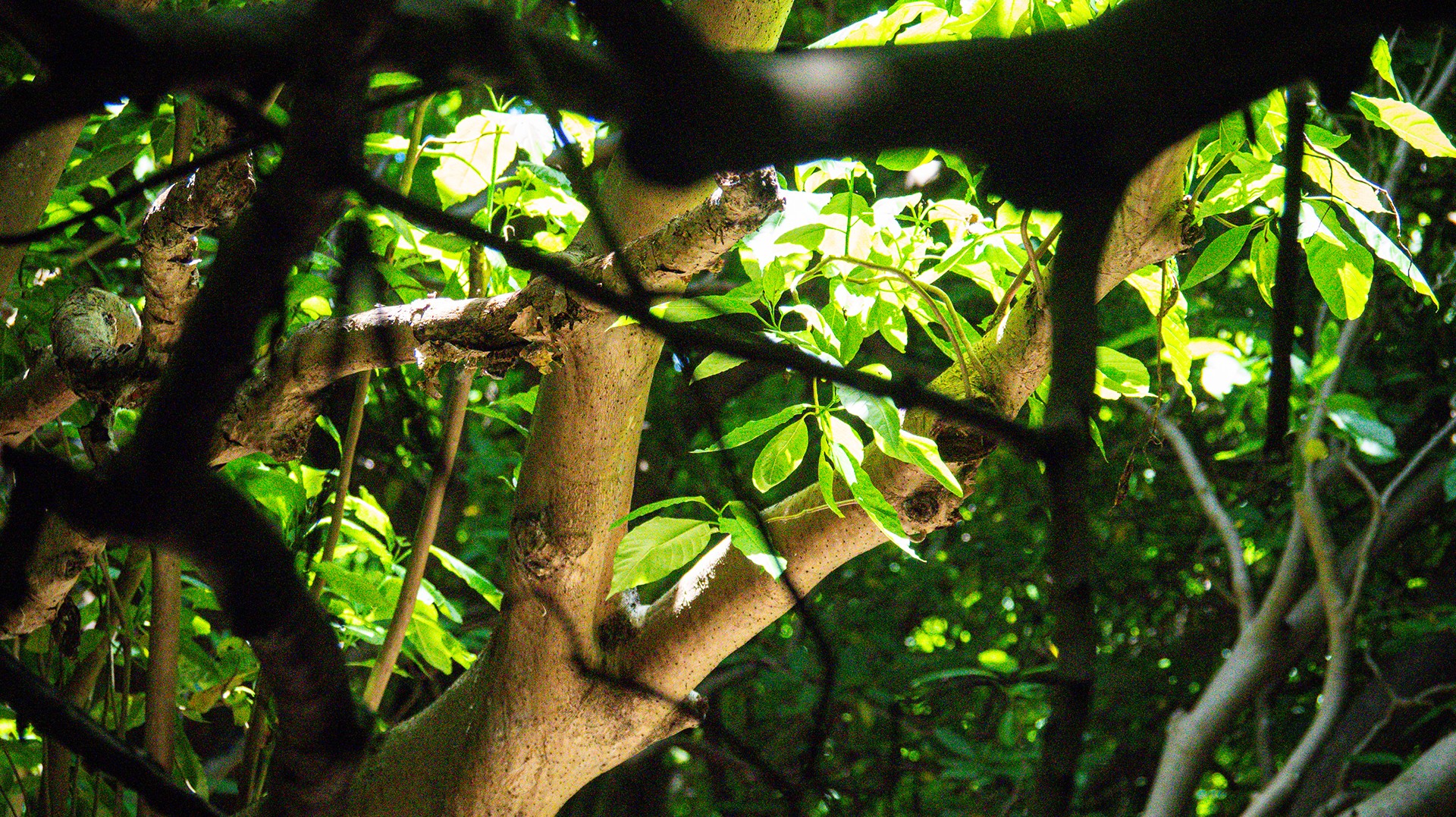
Island Conservation and partners have published a new paper quantifying ecosystem resilience on restored islands!
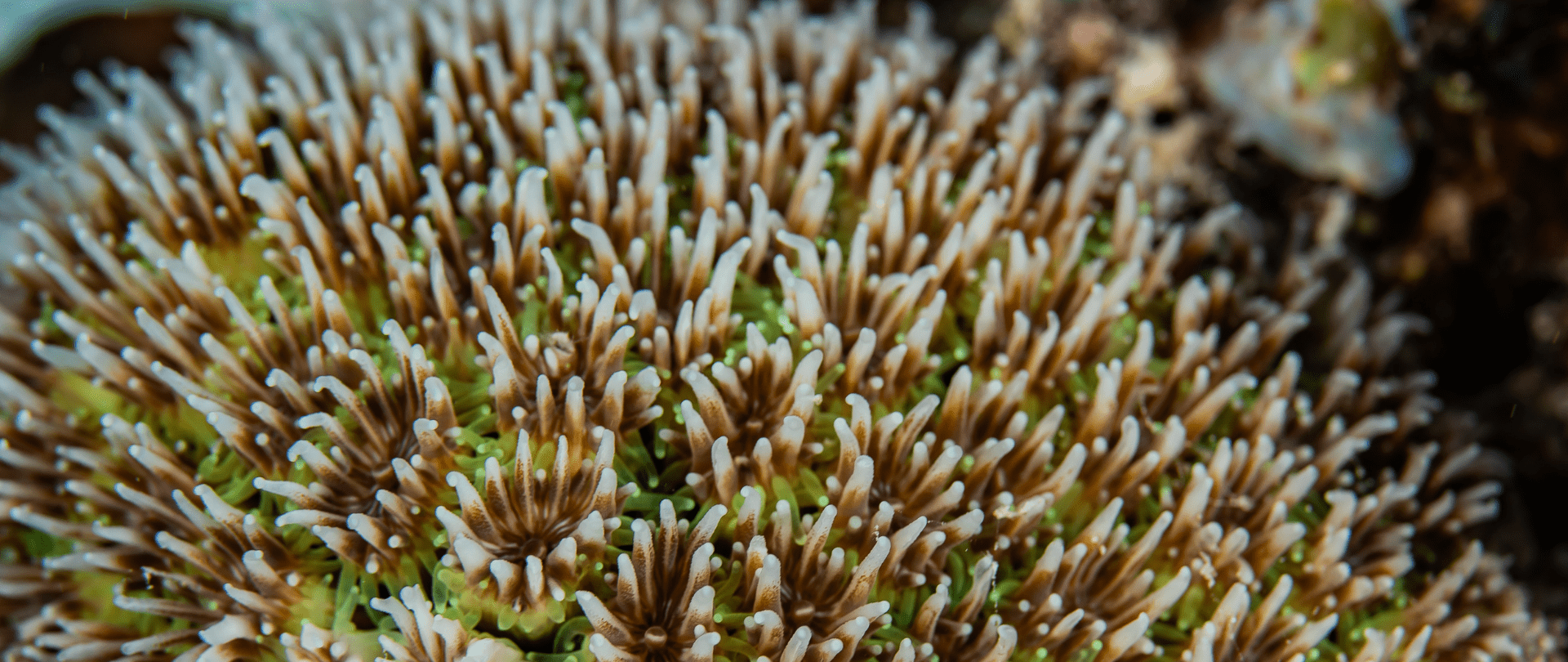
Climate Week NYC: what is it and why is it important? Read on to find out why Island Conservation is attending this amazing event!
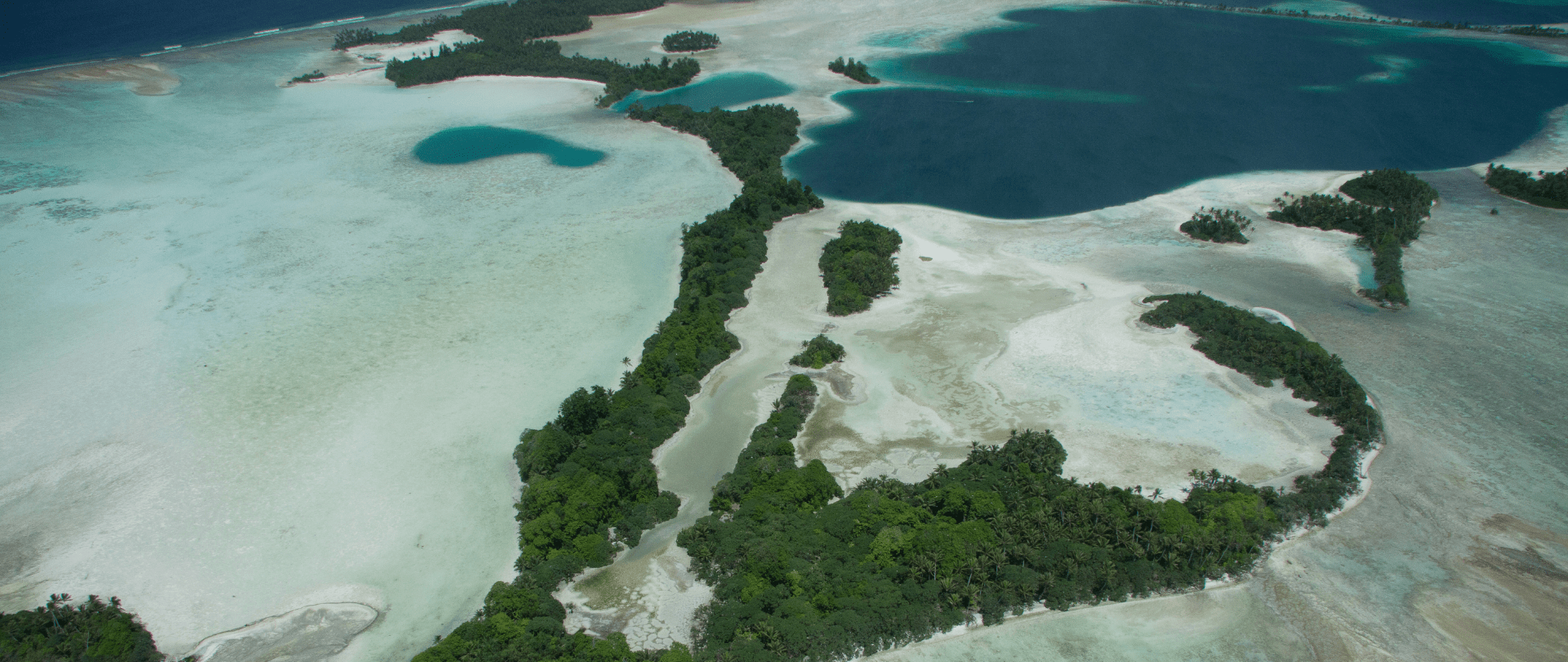
With sea levels on the rise, how are the coastlines of islands transforming? Read on to find out how dynamic islands really are!
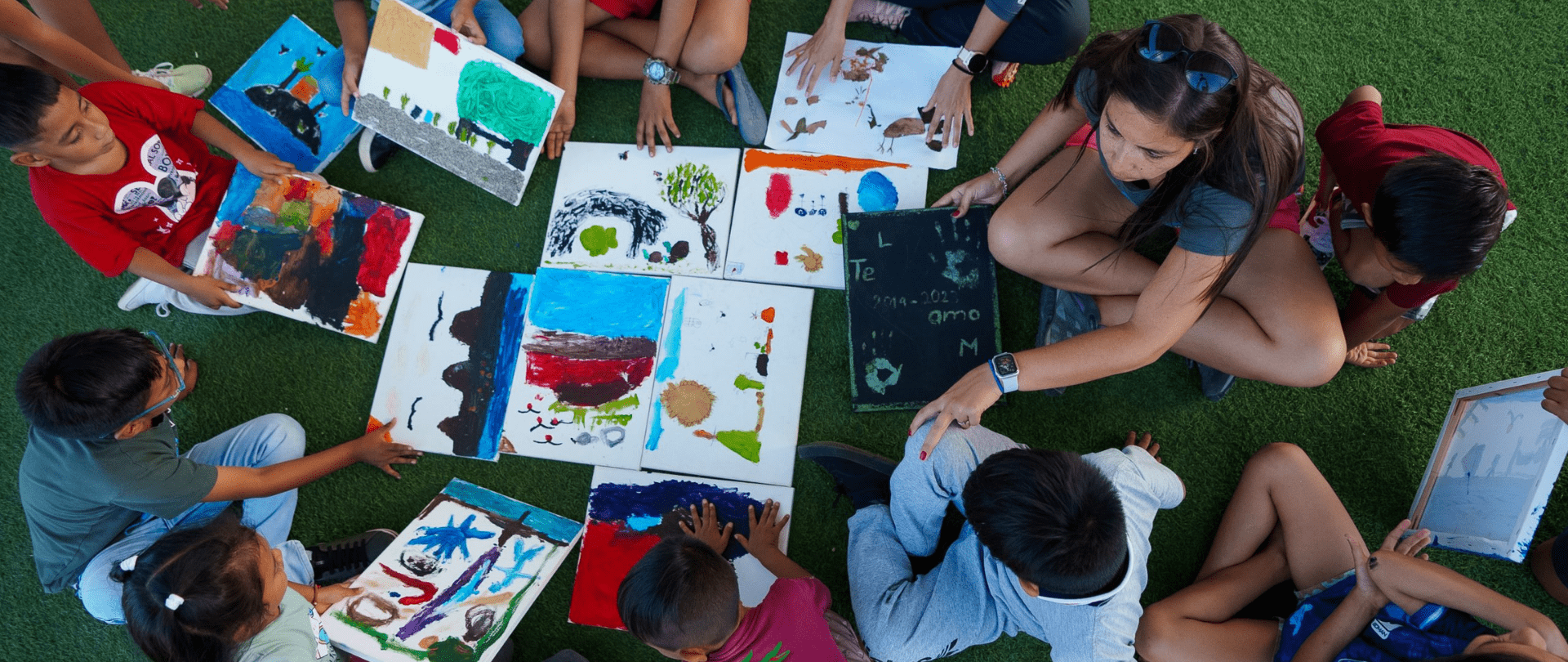
Join us in celebrating the most amazing sights from around the world by checking out these fantastic conservation photos!
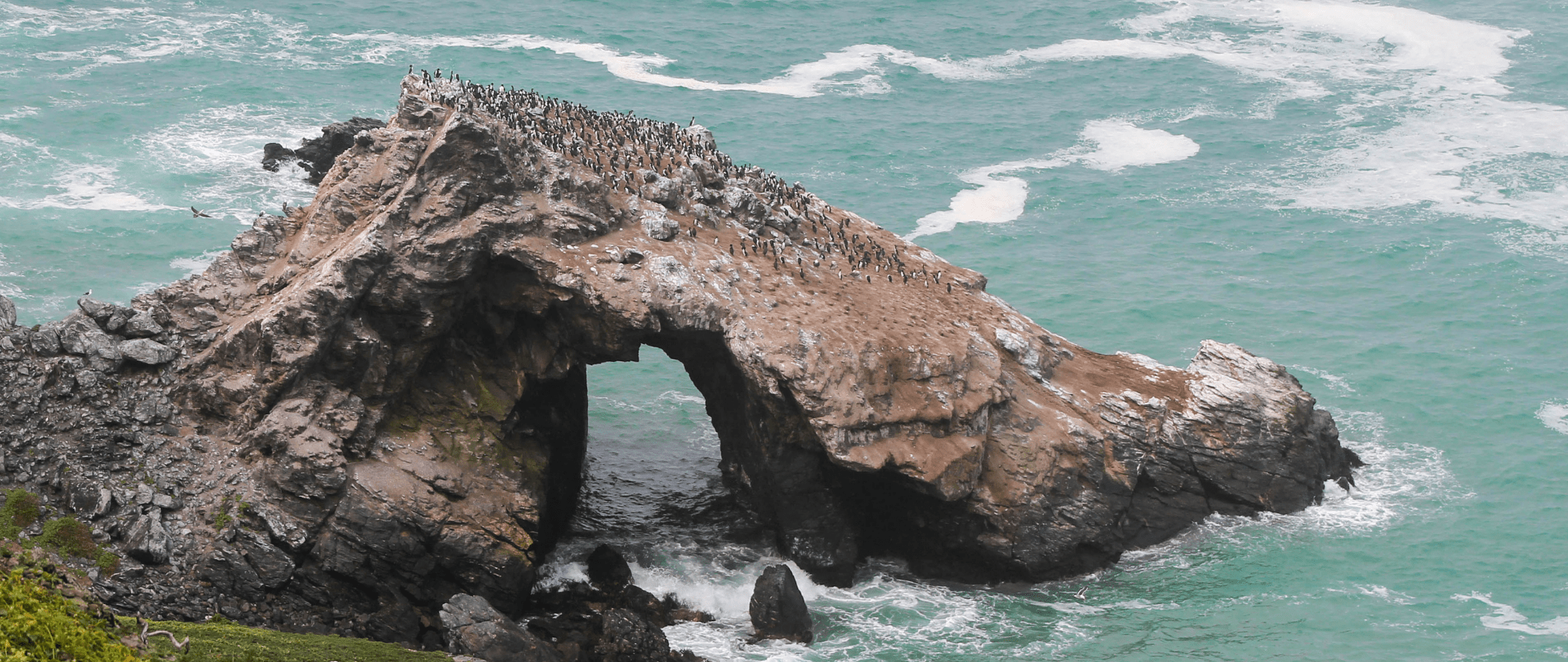
Rare will support the effort to restore island-ocean ecosystems by engaging the Coastal 500 network of local leaders in safeguarding biodiversity (Arlington, VA, USA) Today, international conservation organization Rare announced it has joined the Island-Ocean Connection Challenge (IOCC), a global effort to…
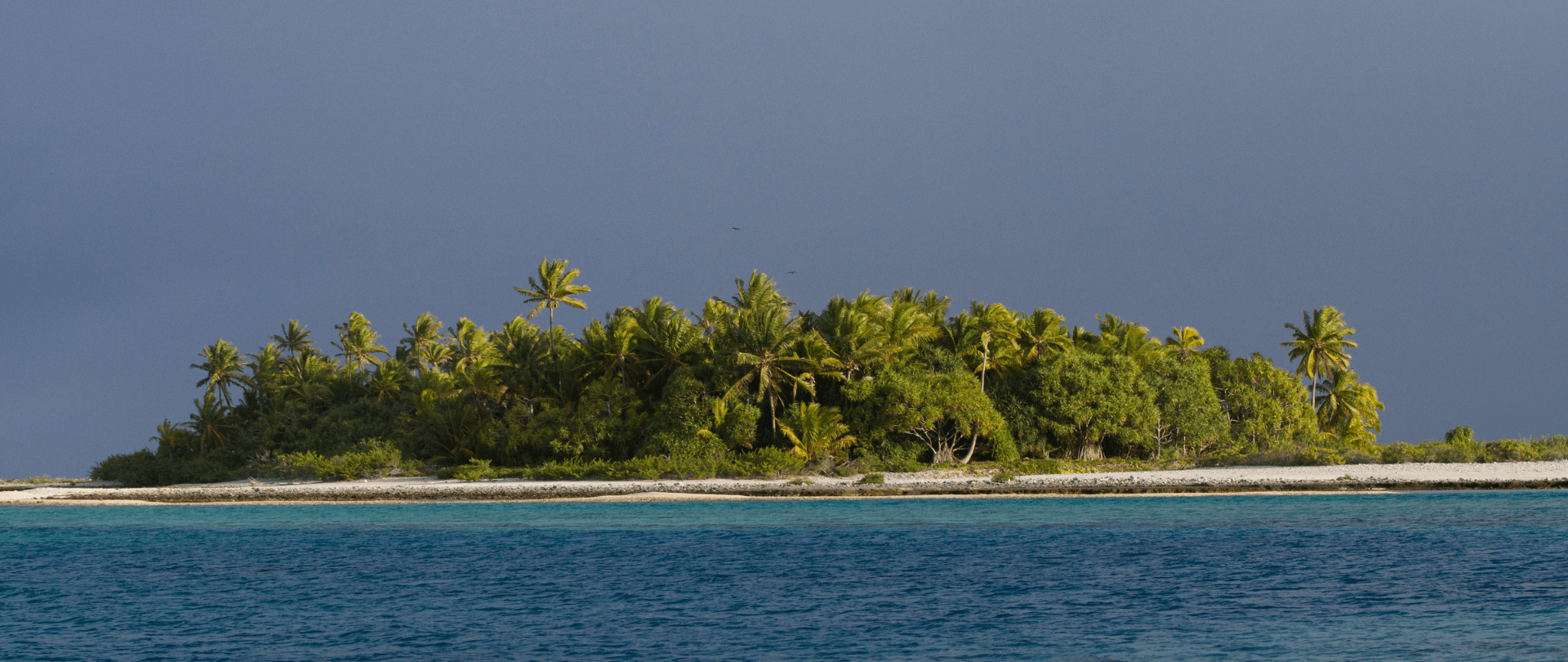
Island Conservation accepts cryptocurrency donations. Make an impact using your digital wallet today!
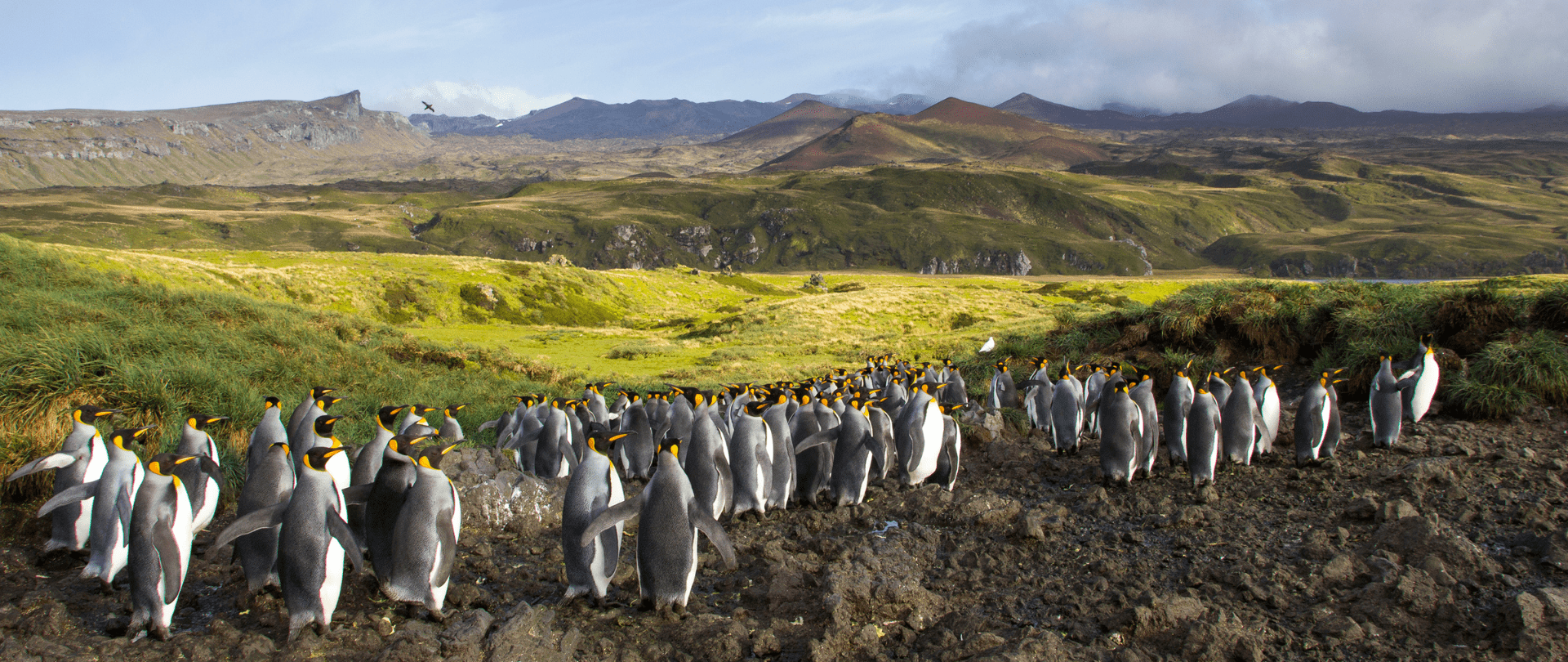
For Immediate Release Conservation powerhouse BirdLife South Africa has joined the Island-Ocean Connection Challenge (IOCC) – a global initiative aiming to restore, rewild and protect islands, oceans and communities – to support its work to save internationally significant albatross populations…
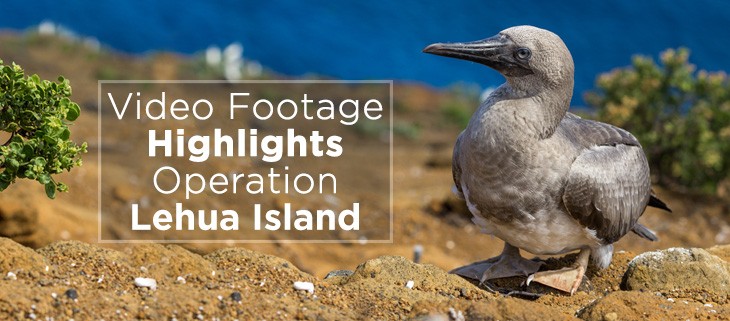
Video captures insights and hopes from the partners who are working to restore Lehua Island, Hawai’i. In 2021, Lehua Island officially became free from the threat of invasive rodents. This is a huge accomplishment that has enriched the region’s biodiversity…